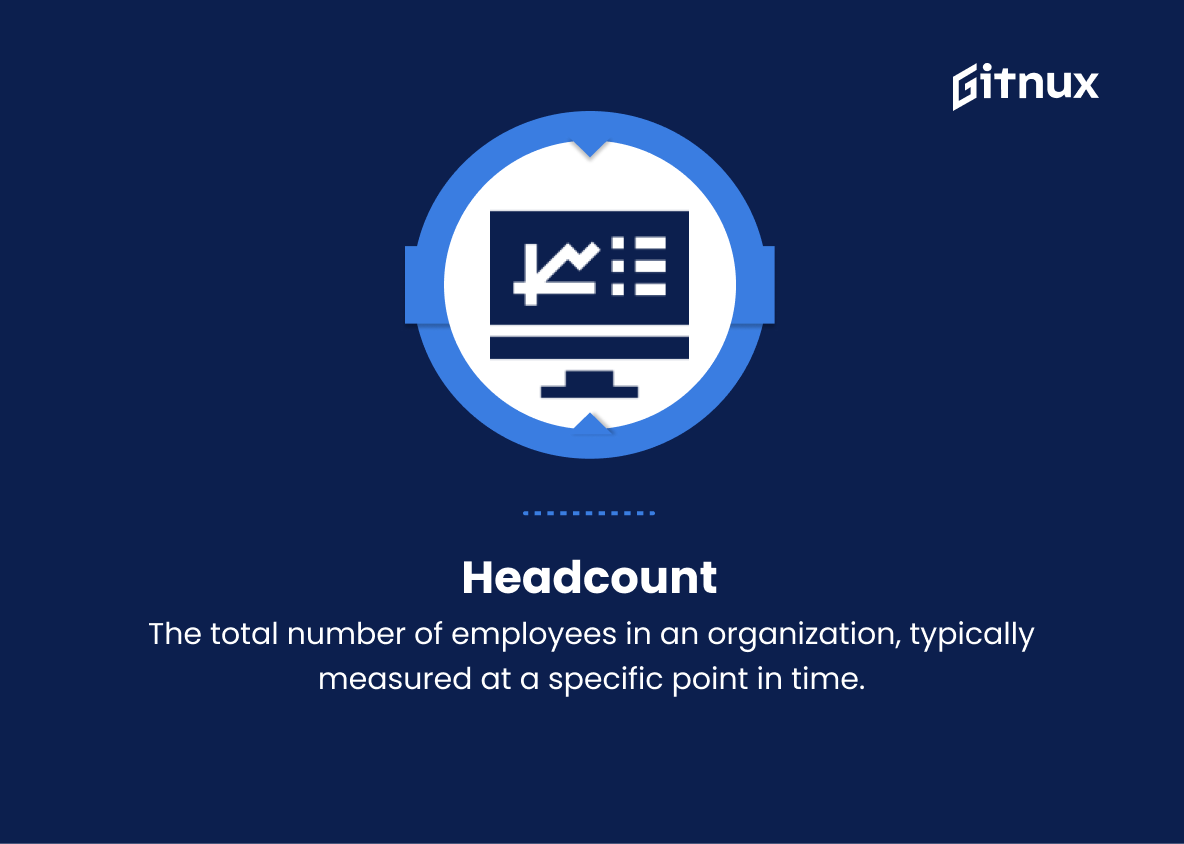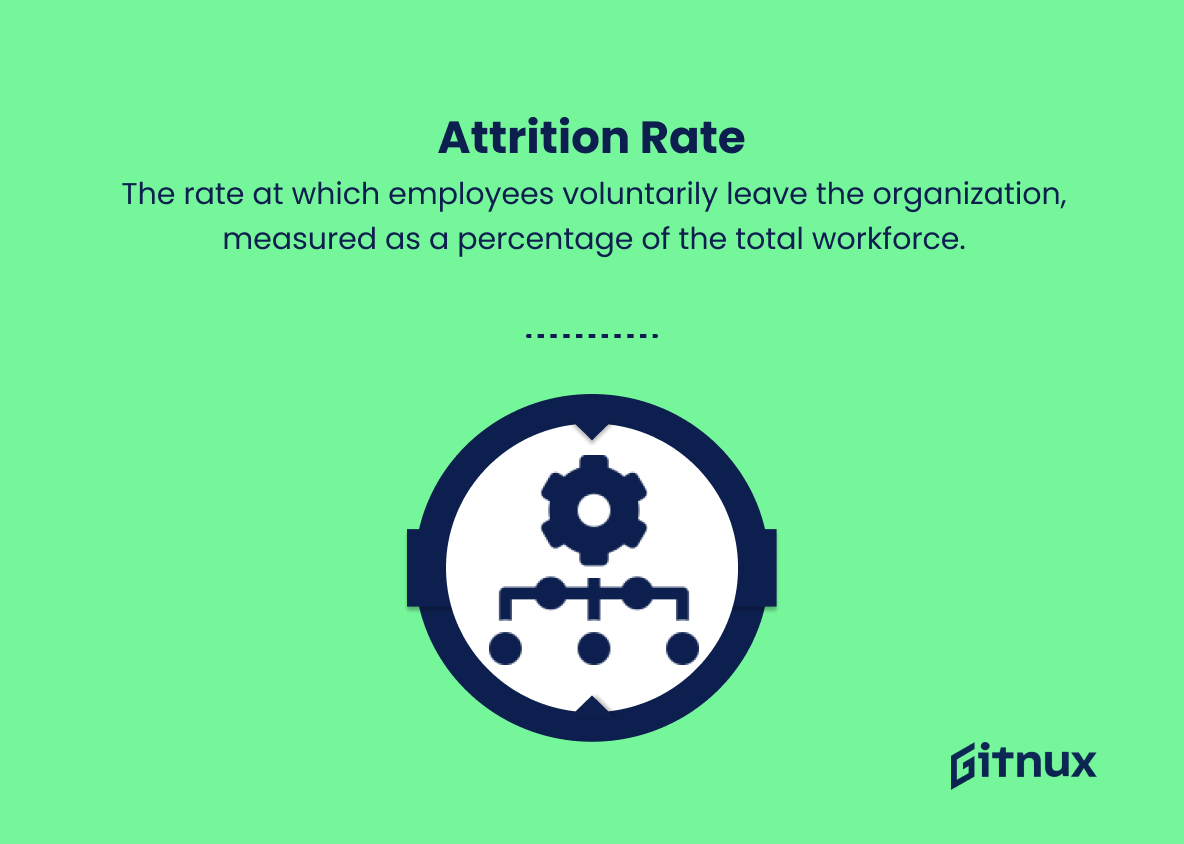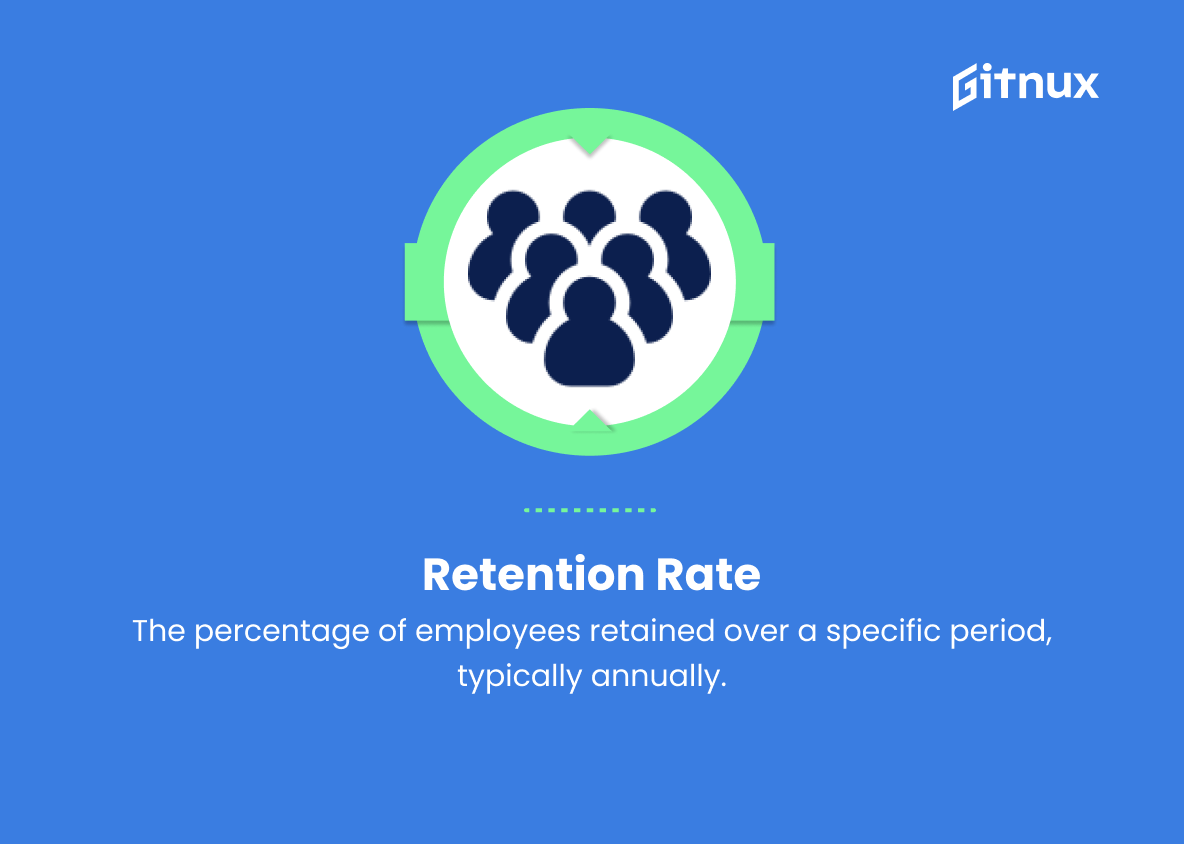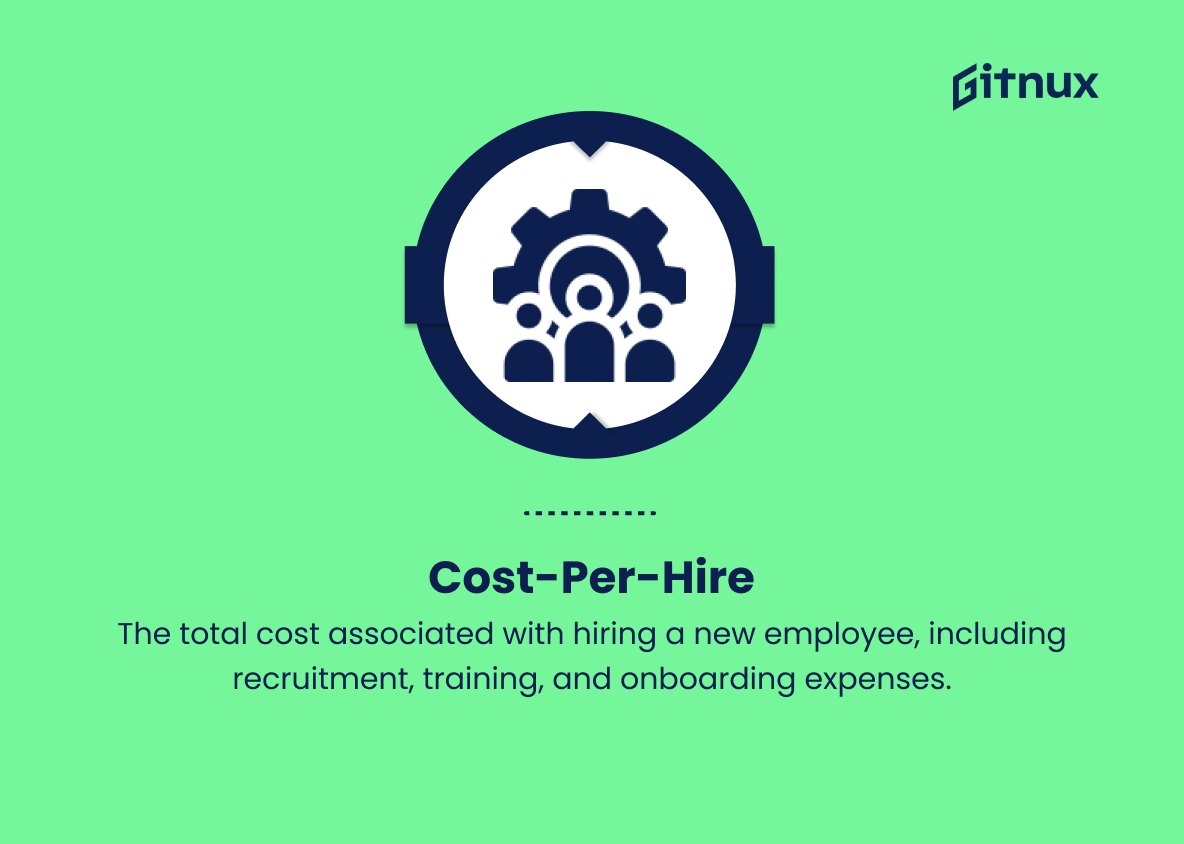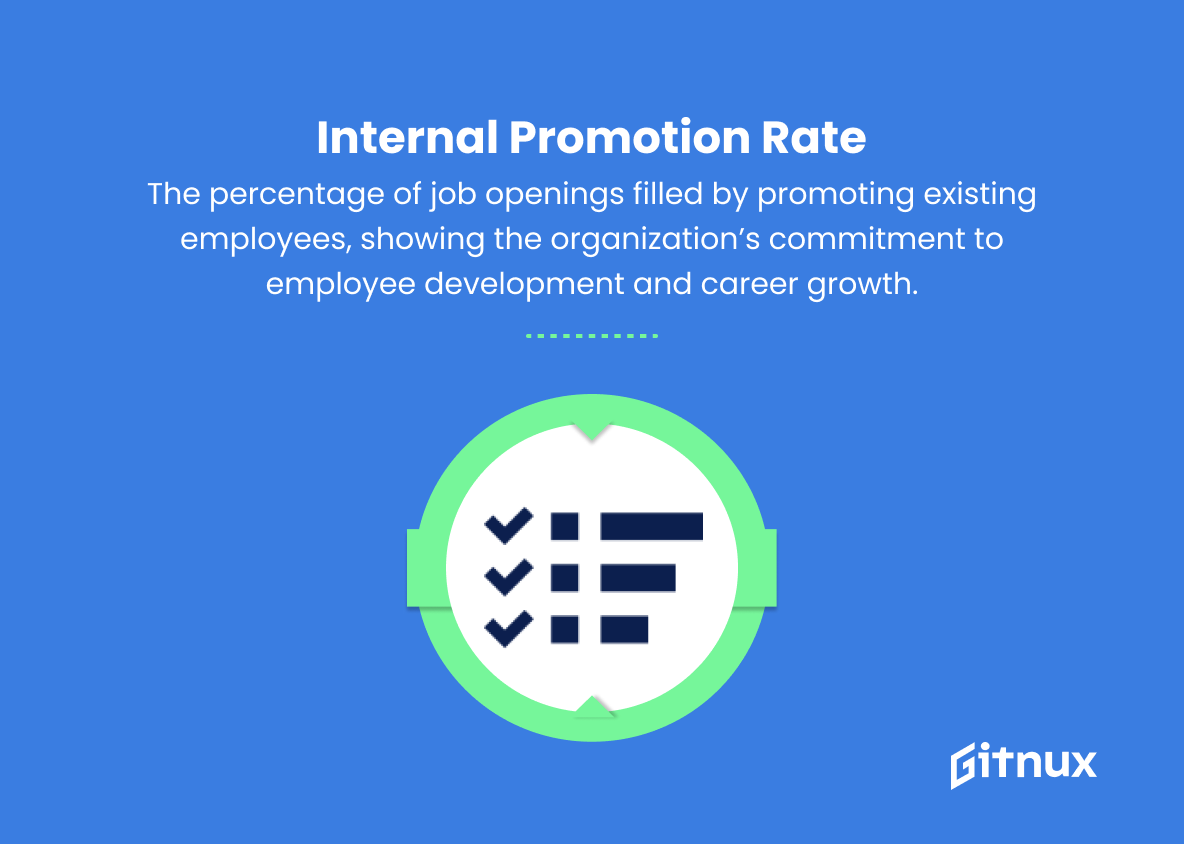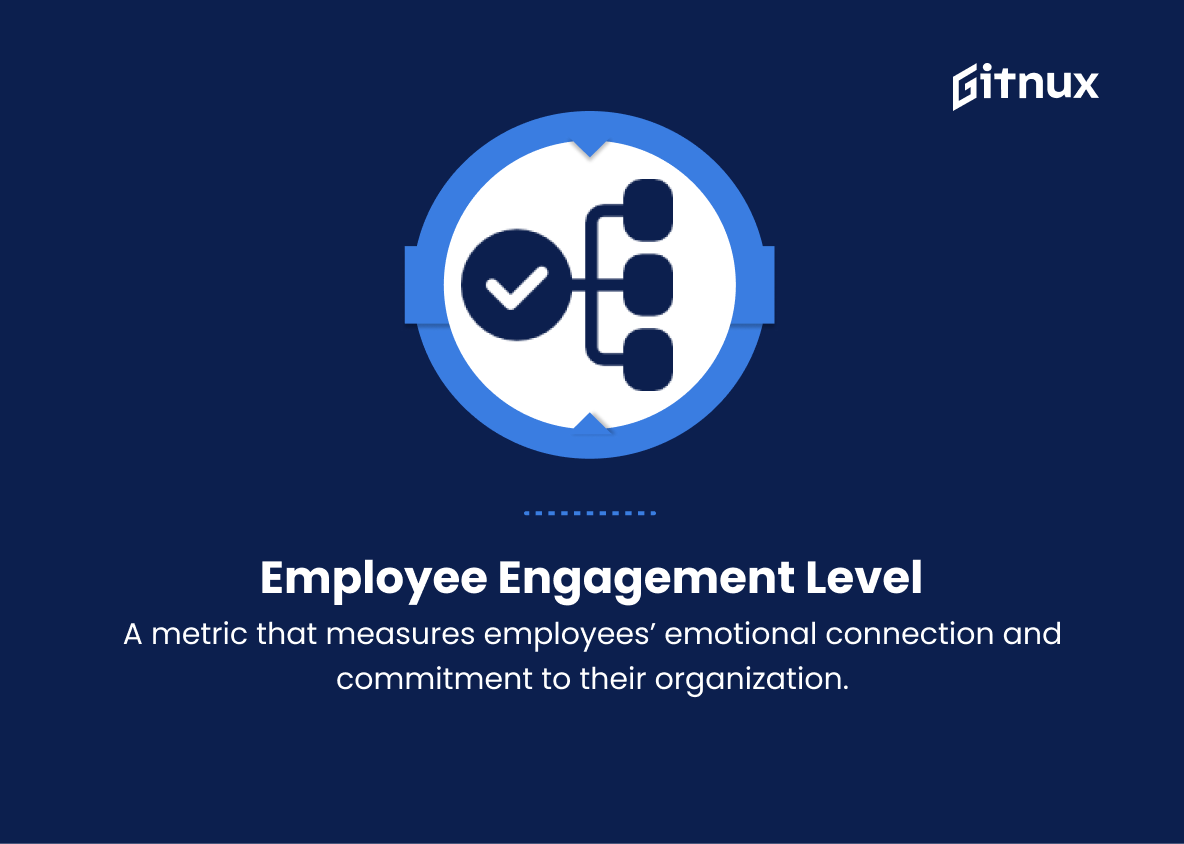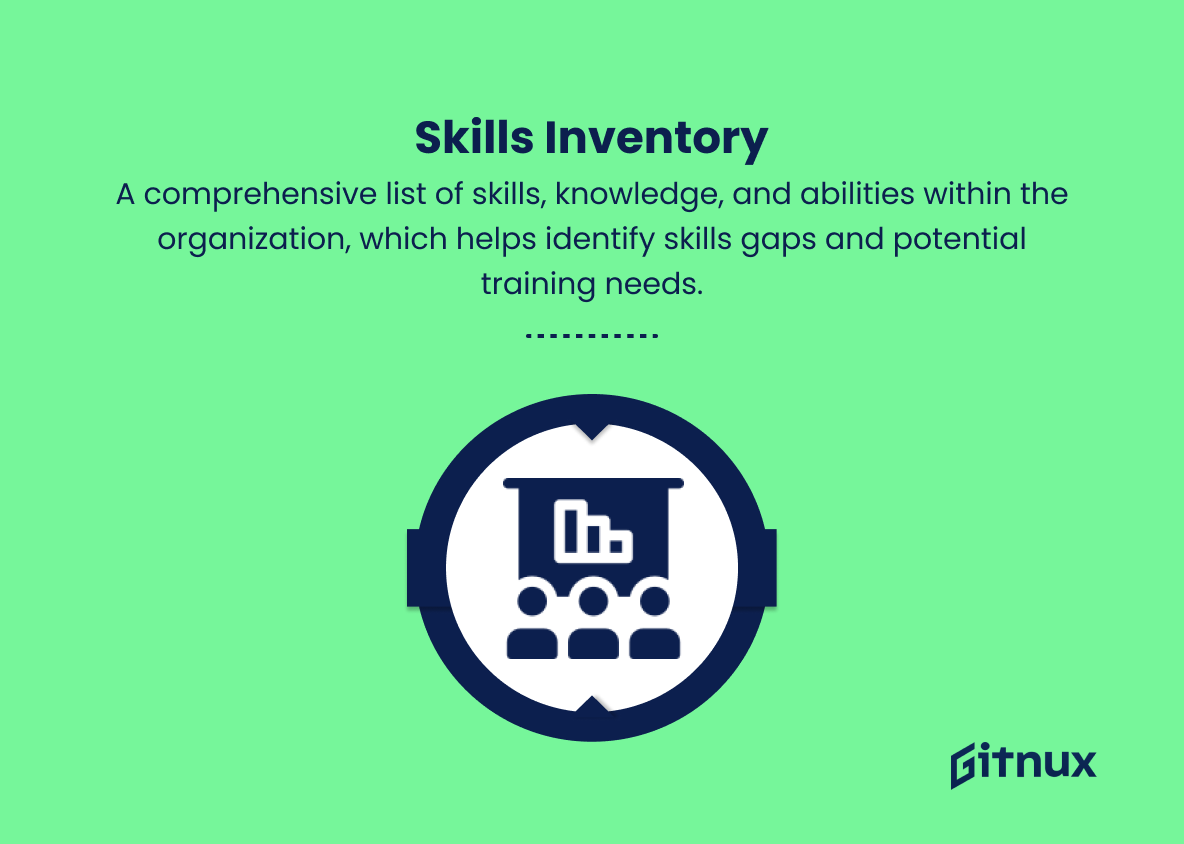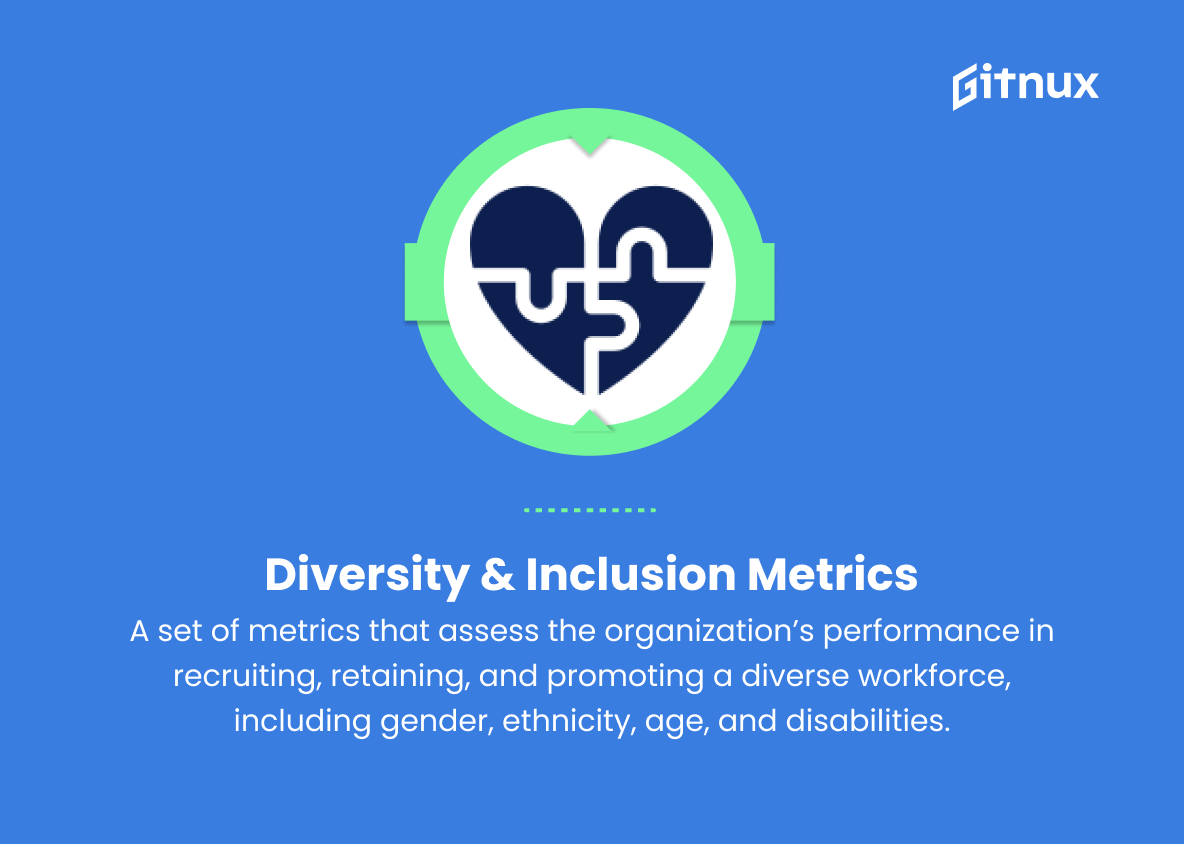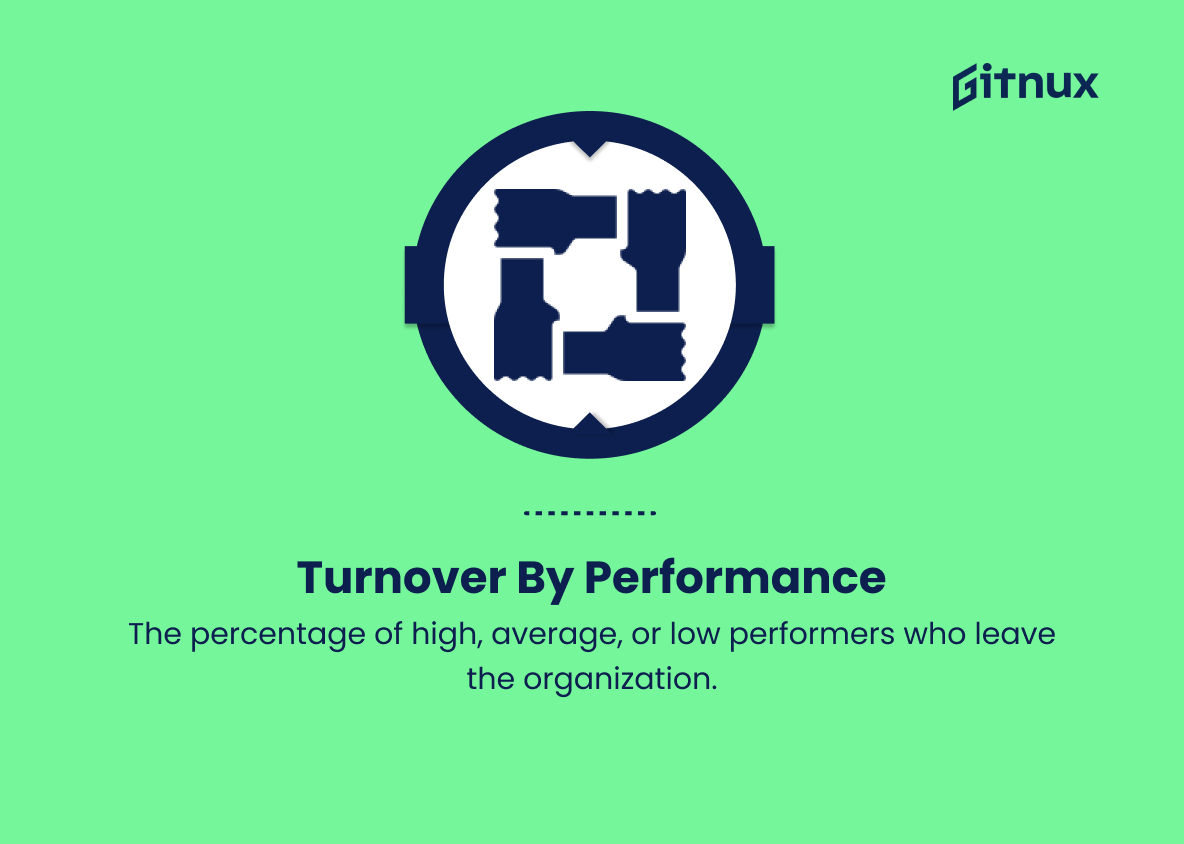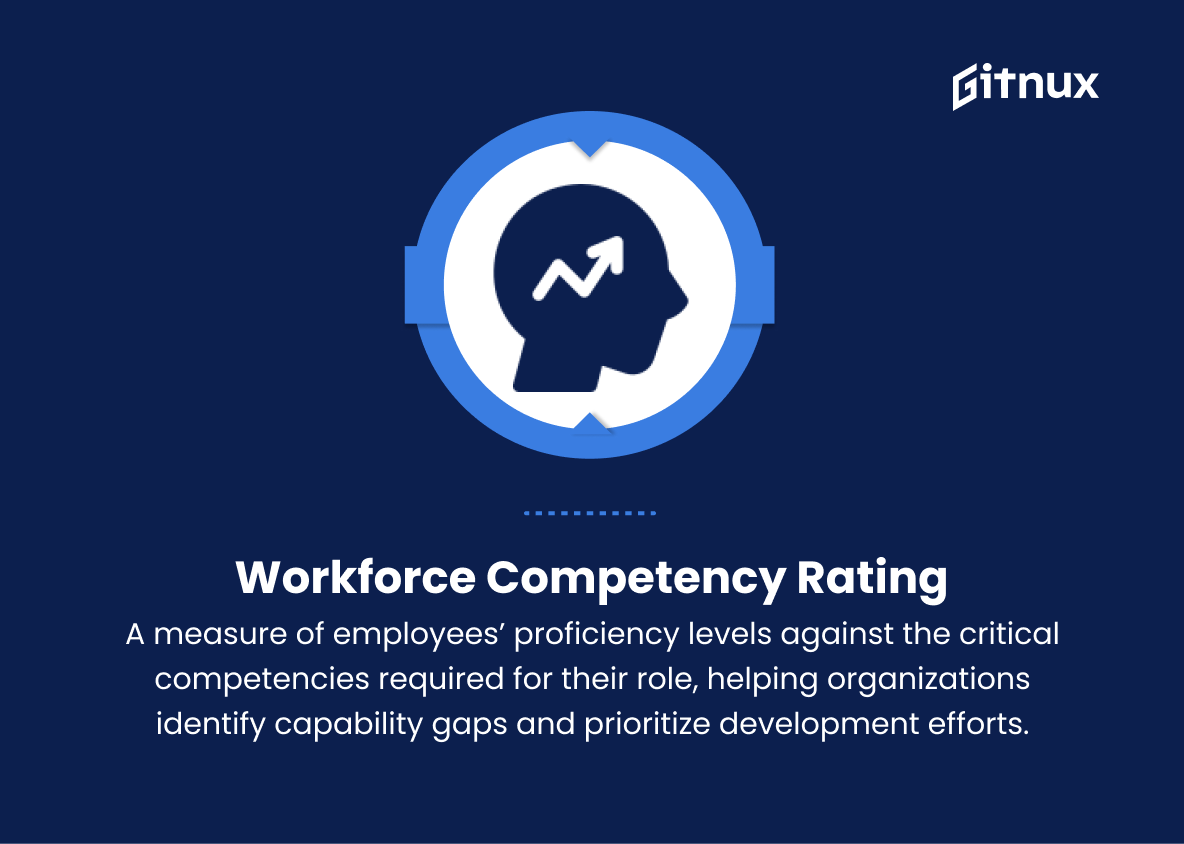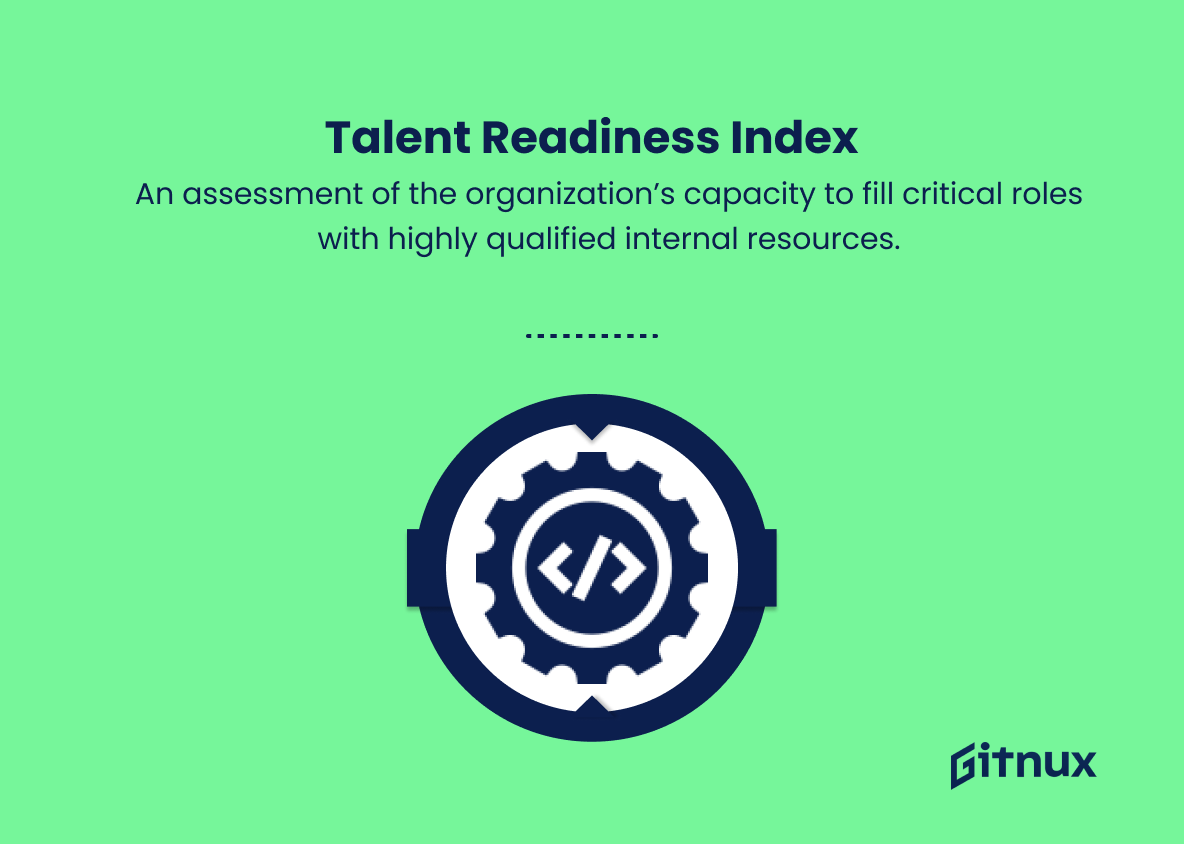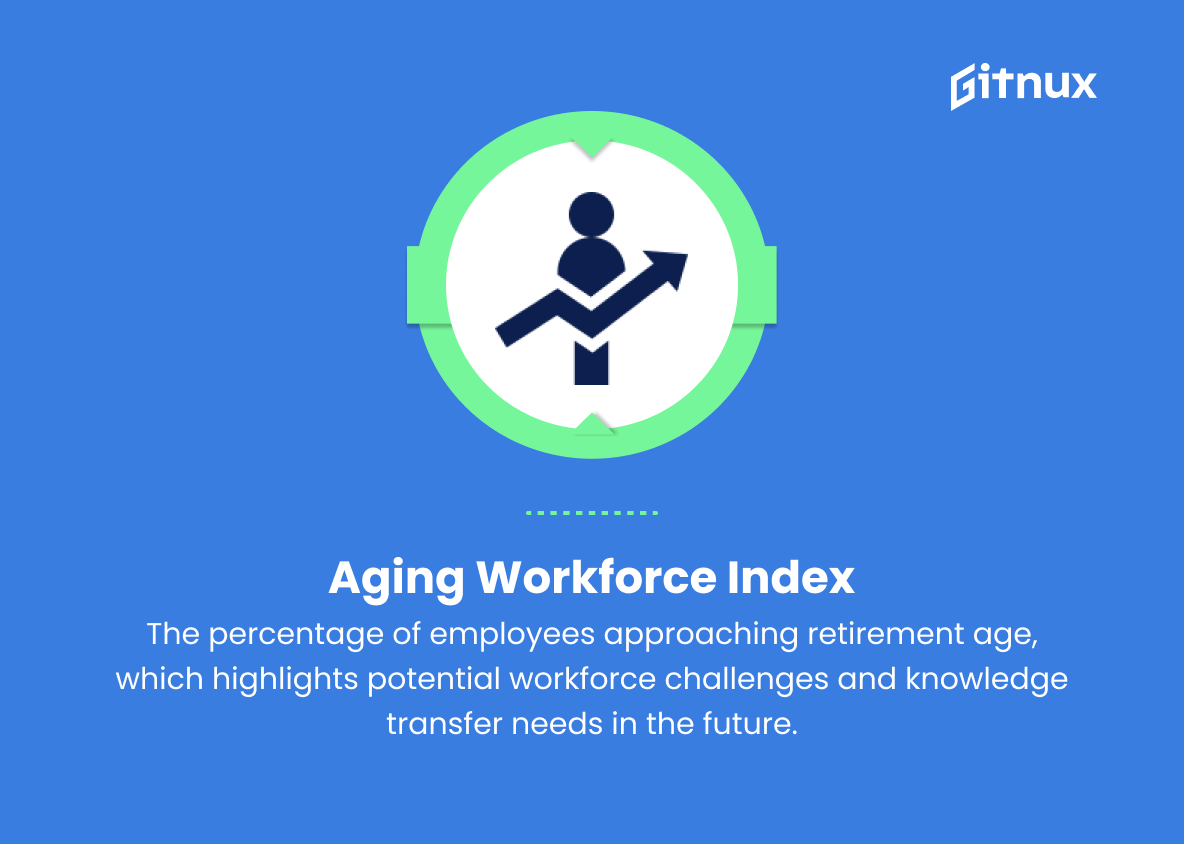In today’s rapidly evolving business landscape, it is crucial for organizations to be agile, adaptable, and prepared for the ever-changing workforce dynamics. Strategic workforce planning plays an instrumental role in ensuring a company is equipped with the right talent at the right time, optimizing productivity and staying ahead of the competition. To effectively measure the success and progress of strategic workforce planning efforts, organizations must rely on key metrics that provide valuable insights and facilitate data-driven decision-making.
In this blog post, we will dive deep into the essential strategic workforce planning metrics and how they impact your organization’s overall talent management strategies. Join us as we explore the significance of these metrics and provide practical tips on how to utilize them for improved workforce planning and business success.
Strategic Workforce Planning Metrics You Should Know
1. Headcount
The total number of employees in an organization, typically measured at a specific point in time. This metric provides a snapshot of the workforce size and is critical for understanding workforce capacity.
2. Attrition Rate
The rate at which employees voluntarily leave the organization, measured as a percentage of the total workforce. A high attrition rate may indicate dissatisfaction among employees or lack of career development opportunities.
3. Retention Rate
The percentage of employees retained over a specific period, typically annually. This metric is the inverse of attrition rate, and a high retention rate signifies that the organization is doing well in retaining its talent.
4. Time to Fill
The average time it takes from the moment a job opening is posted until a new employee starts. This metric measures the effectiveness of the organization’s recruitment processes in attracting and hiring new employees.
5. Cost-per-Hire
The total cost associated with hiring a new employee, including recruitment, training, and onboarding expenses. This metric is crucial for understanding the organization’s recruitment efficiency and ensuring sustainable workforce growth.
6. Internal Promotion Rate
The percentage of job openings filled by promoting existing employees, showing the organization’s commitment to employee development and career growth.
7. Employee Engagement Level
A metric that measures employees’ emotional connection and commitment to their organization. High engagement levels have been linked to increased productivity, lower attrition rates, and improved overall business performance.
8. Skills Inventory
A comprehensive list of skills, knowledge, and abilities within the organization, which helps identify skills gaps and potential training needs.
9. Diversity & Inclusion Metrics
A set of metrics that assess the organization’s performance in recruiting, retaining, and promoting a diverse workforce, including gender, ethnicity, age, and disabilities. Highly diverse workforces have been shown to contribute positively to innovation and overall business performance.
10. Workforce Productivity
The output produced per employee, often measured using revenue per employee or output per labor hour. This metric provides insights into how effectively the organization utilizes its workforce.
11. Turnover by Performance
The percentage of high, average, or low performers who leave the organization. This metric helps identify the reasons behind the turnover of different performance levels and informs strategies to retain top performers.
12. Training & Development Metrics
A set of metrics to measure the effectiveness of employee training and development initiatives, such as training hours per employee, the number of certifications achieved, and the impact of training on performance improvement.
13. Workforce Competency Rating
A measure of employees’ proficiency levels against the critical competencies required for their role, helping organizations identify capability gaps and prioritize development efforts.
14. Talent Readiness Index
An assessment of the organization’s capacity to fill critical roles with highly qualified internal resources, indicating the effectiveness of succession planning and talent development initiatives.
15. Aging Workforce Index
The percentage of employees approaching retirement age, which highlights potential workforce challenges and knowledge transfer needs in the future.
Strategic Workforce Planning Metrics Explained
Strategic Workforce Planning Metrics provide essential insight into a company’s overall health and performance by capturing various aspects of talent management. They enable organizations to assess their capacity to deliver results through headcount, which reflects the size of the workforce. Attrition and retention rates allow companies to gauge employee satisfaction and talent retention, while time to fill, cost-per-hire, and internal promotion rate evaluate recruitment effectiveness and employee growth opportunities. Furthermore, employee engagement levels, diversity and inclusion metrics, and workforce productivity indicate the organization’s overall work culture and ability to innovate.
Turnover by performance, training and development metrics, workforce competency rating, talent readiness index, and aging workforce index help organizations evaluate performance trends to identify areas for improvement, adjust their talent development strategies, and plan for the future workforce needs. By understanding and optimizing these strategic workforce planning metrics, companies can better align their human resources and business objectives to drive sustained growth and success.
Conclusion
In summary, strategic workforce planning metrics play a crucial role in the success of an organization. They provide valuable insights into the current state and future direction of the workforce, enabling businesses to make informed decisions and optimize their operations.
By closely monitoring key indicators such as workforce size, skill requirements, turnover rates, employee engagement, and productivity levels, companies can identify trends, address potential skill gaps, and ensure an agile, efficient, and high-performing workforce. As organizations continue to innovate and adapt to an ever-changing business landscape, a robust and data-driven approach to workforce planning is essential to maintain a competitive edge and achieve long-term success.
